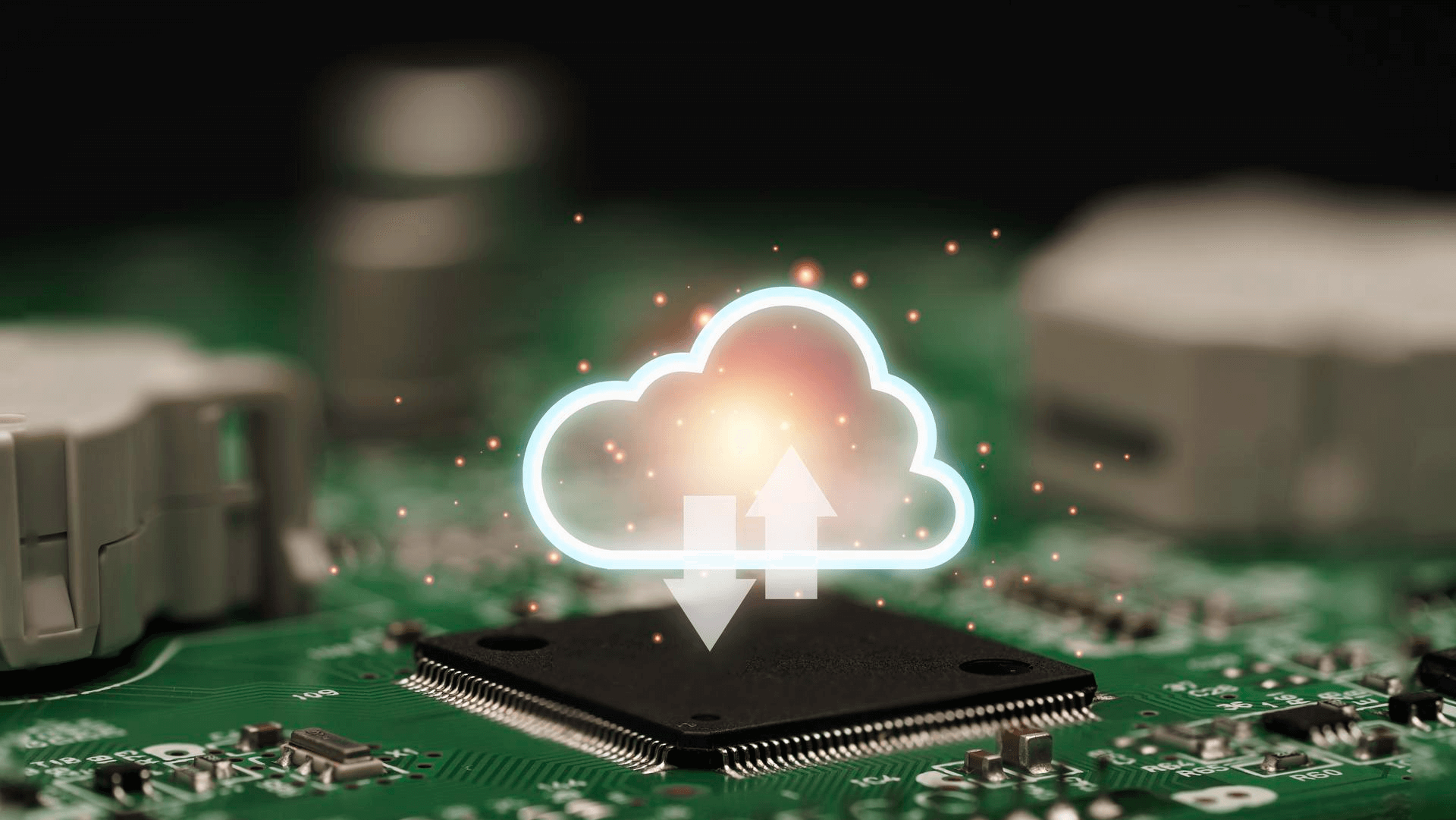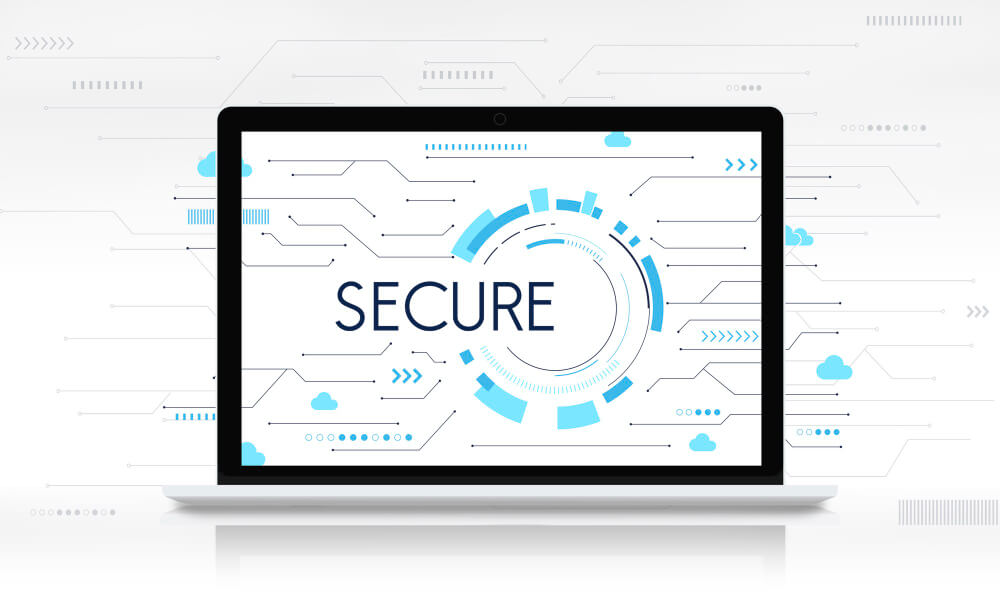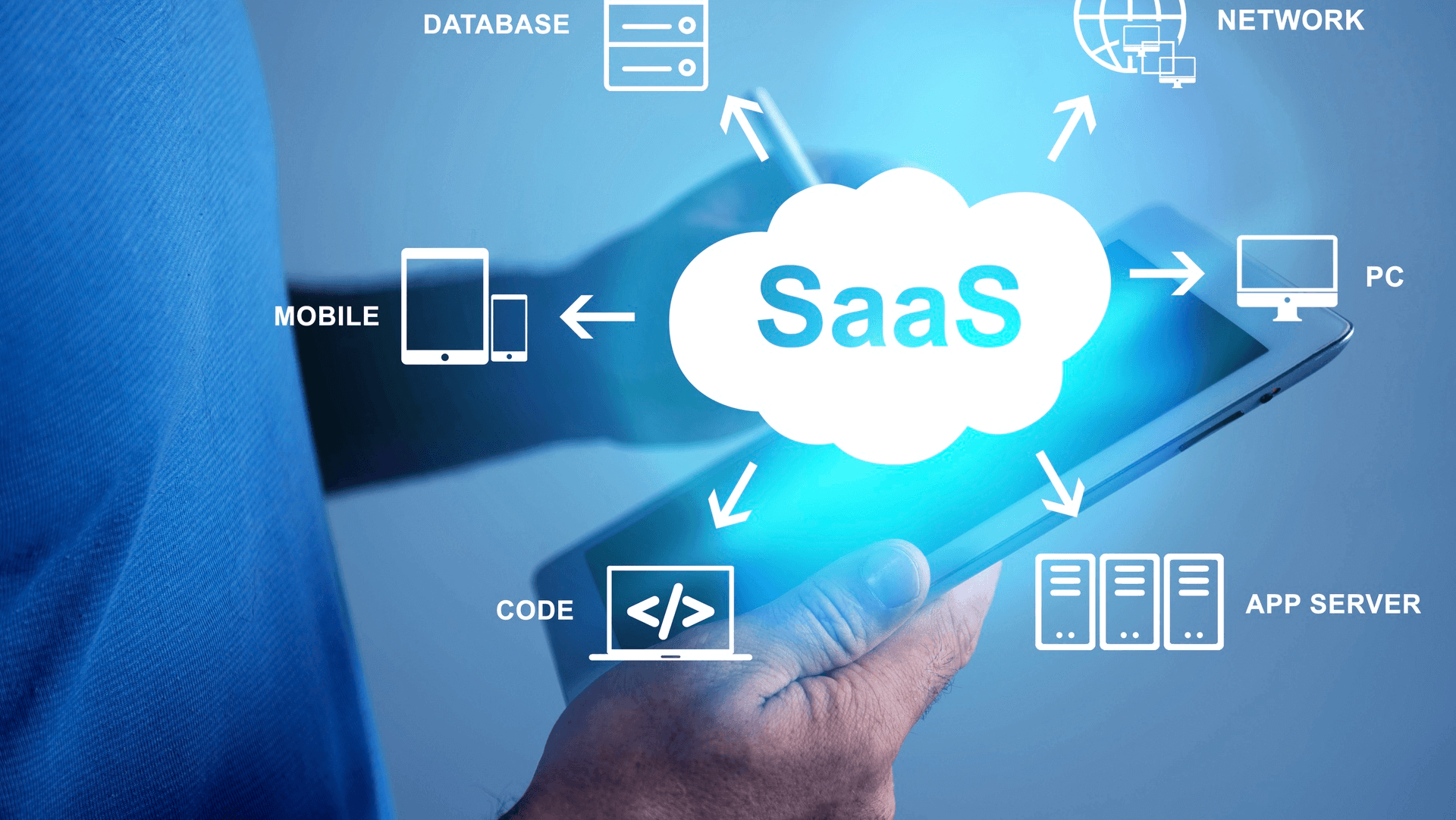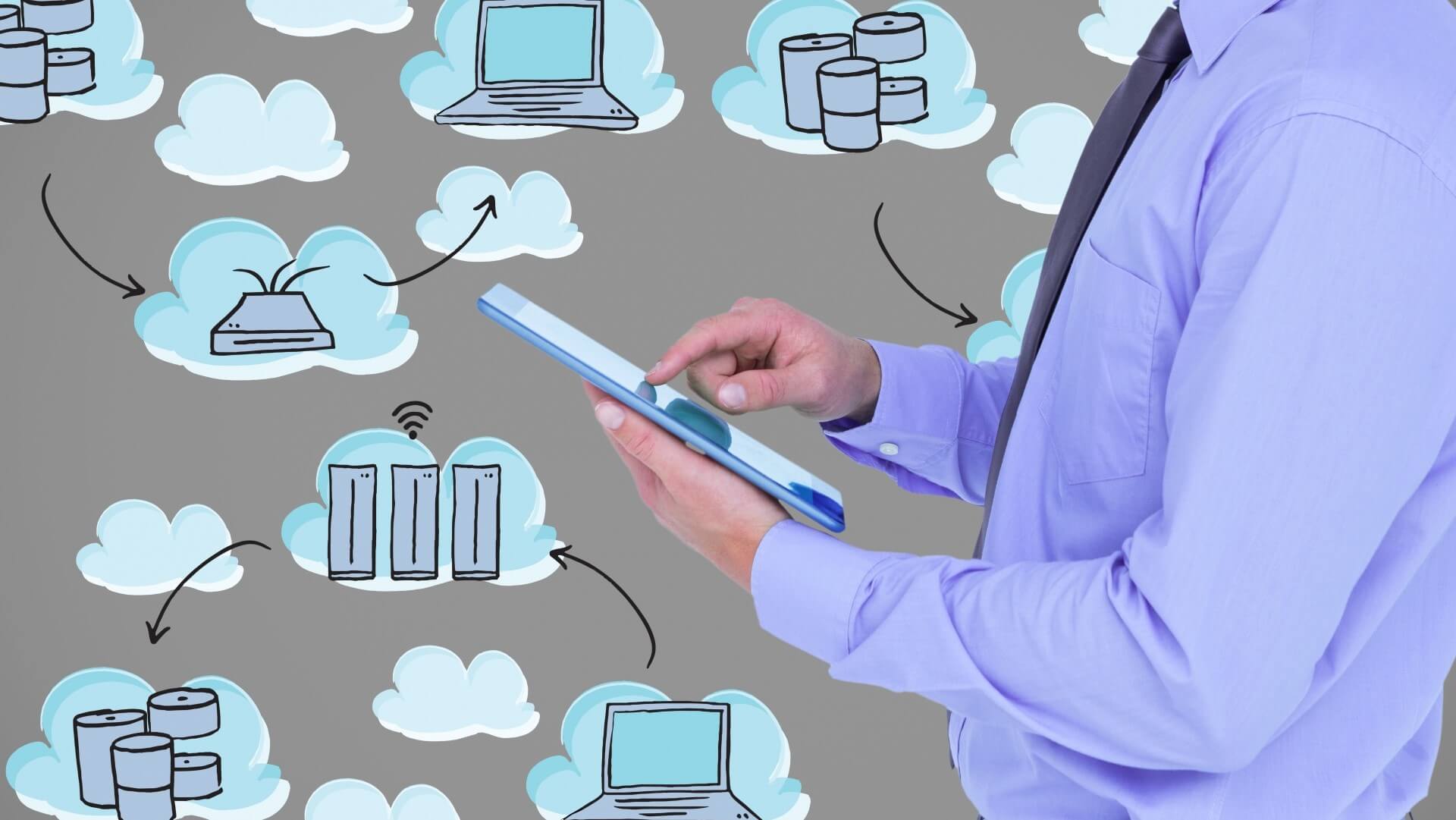
Cloud computing is technically a data service center architected by virtualization technology to realize resourcefulness of storage, computing, memory, network, etc. and dynamic allocation according to user needs. Users no longer enjoy services on traditional physical hardware resources, but change to build their own applications on the virtual resource layer.
Data Storage Technology
To ensure high reliability, high availability and economy, cloud computing stores data in a distributed storage mode and uses redundant storage to ensure high reliability of stored data. That is, multiple copies are stored for the same data or multiple backup methods are used to take a parallel approach to provide services for a large number of users. The data storage technology of cloud computing also features high transmission rate and high throughput rate, which is used by Google, Intel, Yahoo, and other vendors.

Data management technology
In order to realize the cloud computing system to process and analyze large data sets, and then provide high-quality services to cloud computing users, the data management technology of cloud computing must realize efficient management of large data sets. It is also important to achieve finding specific data in the huge scale of data.
Cloud computing is characterized by storing and reading massive amounts of data followed by extensive analysis, and the frequency of data read operations is much greater than the frequency of data updates. It is a read-optimized data management. Therefore, most of the data management in cloud computing systems adopt the management model of column storage in the database field, where tables are divided by columns and then stored, and Google's BigTable data management technology is a relatively mature technology.

Programming Model
The programming model on cloud computing should ensure simplicity to ensure that users can easily experience the services provided by cloud computing by writing simple programs to achieve specific goals. It also requires that the complex parallel execution and task scheduling in the background of this programming model be transparent to users and programmers.
Cloud Security
Cloud security incorporates the latest information security concepts and technologies such as grid computing, parallel technology, unknown virus discrimination, etc. It is a new manifestation of today's information security. It detects software behavior anomalies in the network through a large number of clients in a mesh, obtains dynamic information about Trojan horses and malicious programs on the Internet, pushes it to the server for analysis and processing in real time, and then distributes the solution to the client for timely security processing.

Other related technologies are: device architecture technology, including node interconnection technology, data center energy saving technology; resource management technology, including data storage technology, data management technology; task management technology, including task scheduling technology, data slicing technology; improved service technology, including feasibility technology, fault tolerance technology; and cloud security technology, parallel computing technology, load balancing technology, virtual machine technology, etc.
The rapid development of cloud computing provides small and medium-sized foreign trade enterprises with a new and fast computing environment, eliminating many complicated tasks for business users, such as installing software packages, setting software configurations, and even writing complex software, while also saving small and medium-sized foreign trade enterprises the costs associated with acquiring hardware and software equipment and equipping professional staff, which is ideal for the information construction of small and medium-sized foreign trade enterprises.





